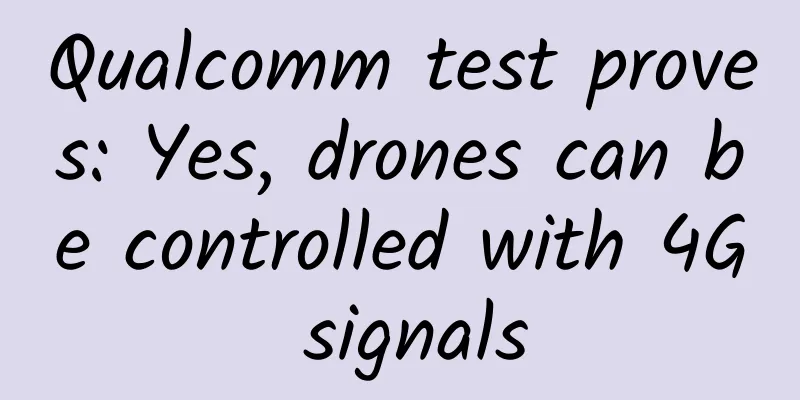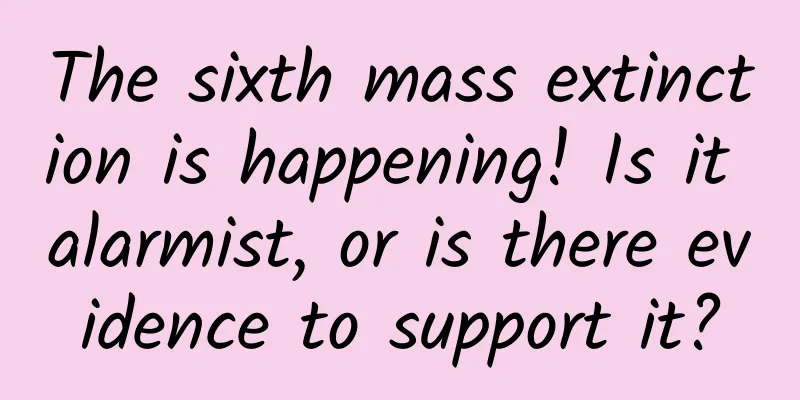Which is better for making money, iOS or Android?

|
There is a statement that almost all mobile phone users agree on: Android is the operating system with the largest number of users in the world, and its market share is amazing. Whether you ask your cousins, brothers and sisters, even if they don’t pay much attention to the mobile field or don’t know much about mobile phones, they will give you the same answer, and most of them will even give you numbers, telling you that Android has about 80% of the global market share. Their answer is not wrong. Even though Android's market share is obviously less than 80%, from a global perspective, Android still dominates the entire mobile operating system world, no matter which country or region it is in. However, there is another side to the story. Most developers are not very satisfied with the Android platform, because to develop an application, it is not only difficult to take into account both iOS and Android platforms, but just dealing with the Android platform alone is enough to make them work hard.
As developers, most of them have only one initial choice, which is to identify which platform or which version can help them make money. For example, Android's global market share has long exceeded 70%, but not all users are running the latest version. Some are still on Android 2.3, while others are already using 5.0 or 5.1. They don't know the number of users of each version, but they can develop applications in a targeted manner and really make money by measuring the coverage of each version. Today we will do a simple calculation to see what the market share of iOS and Android platform users actually use system versions, and then talk about which platform can really help developers choose the right money-making goals from the beginning based on market share. To be honest, it is difficult for us to find very accurate statistical data, so we have to use data from several different statistical reports to draw preliminary conclusions. This method is already a relatively reliable reference method in the end, that is, to carefully read each statistical report and then determine the better platform selection. Although many analysis reports cannot be 100% accurate, most of the results are definitely quite close and worth referring to. We must first look at the official statistics, starting with the official data of the Android platform: As you can see in the figure above, currently only 23.5% of users worldwide are running Android 5.0 or higher system versions, which means that 23.5% of users may upgrade to the latest Android 6.0 Marshmallow operating system in the future, and their downloading and use of applications will not change much. Next up are the official iOS statistics provided to Apple: Obviously, the upgrade rate of the iOS platform is higher, and currently up to 91% of devices are already running iOS 8 or iOS 9. This means that users of systems lower than iOS 8 will rarely use your application, and developers should consider compatibility with 91% of users. The statistics from Google and Apple are based on Google Play and App Store respectively. The deadline for the former is October 5, while the official announcement date for the latter is October 19. iOS 8 was first officially released on September 17, 2014, and Android 5.0 was released on November 12, 2014, so the release dates of the two systems were very close, with only a delay of about two months. StatCounter’s statistics report: Android – 66.77%, iOS – 18.14% According to data released by StatCounter, the first comprehensive agency, Android holds about 66.77% of the global market share, and the second most popular operating system is iOS, with a market share of 18.14%. Although this data allows us to determine which two platforms have the most users, it is interesting that it is quite different from the "80%" we know. StatCounter does not provide detailed statistics for each system version, but it does count the market share of the latest version of each system, which is roughly as follows: From the chart, we can see that 16.55% of iOS users have already run the latest version of the system, while there are quite a few users who have upgraded to the latest version of the Android operating system, which is 15.6%. In this case, the iOS platform is clearly still in an advantageous position. NetMarketShare: Android – 53.54%, iOS – 38.58%Statistics provided by NetMarkShare show that Android's global market share is once again higher than iOS, reaching 53.54%, while iOS's share is 38.58%. However, when it comes to the system share of the latest versions of iOS and Android, Android is still far behind its competitor, with a gap of more than three times, as shown below: IDC (forecast): Android – 81.1%, iOS – 15.6% IDC is the most authoritative statistical analysis agency in the market. According to their analysis report, Android's highest market share in 2015 was 81.8%, while iOS ranked second with a market share of 15.6%. In this case, Android is definitely the best choice for developers, but another data may disappoint them. Although the market share gap between iOS and Android is huge, most iOS users have already run the latest system version, and the proportion is quite high. The results are as follows: summary In general, as a new developer, considering the statistics from these different organizations, iOS is indeed the best choice at present, because the proportion of iOS users running the latest version of the system far exceeds that of Android, which means that it is easy for one program to be compatible with multiple users' devices. If you decide to go in this direction, then you have a greater chance of making money. It has not been more than a month since iOS 9 was officially released, but more than 61% of users have chosen to upgrade to the latest version immediately, while Android users take longer to upgrade to the new version, which is even a year. This shows that iOS users are more enthusiastic about the new version than Android users. However, the bigger factor is that Android devices have fewer opportunities to get system upgrades, while once Apple pushes an iOS update, all supported devices can choose to upgrade at the first time. According to statistics from Statista, another market research company, the number of mobile users worldwide has exceeded 4.88 billion. Whether you believe this number or not, if we divide it by proportion, "iOS 8 + 9" is indeed better than "Android 5.0 + 5.1". For example, if we use the statistics from StatCounter, the number of users of "iOS 8 + 9" reaches 792 million, while "Android 5.0 + 5.1" is 748 million. |
<<: Tencent kills three birds with one stone: Meituan-Dianping plays a mid-game in the capital game
>>: Zhihu completes Series C financing. How should the story of the Q&A community be told?
Recommend
Valuation Modeling Skills Enhancement Course (Fifth Edition)
Resource introduction of Valuation Modeling Skill...
The underlying logic of brand growth and SOP implementation steps
In terms of underlying logic and final results, t...
Zhongshan SEO training: How to improve the efficiency of spider crawling websites? How to achieve website optimization?
When novice webmasters carry out website optimiza...
How did ancient people prevent fire during the Spring and Autumn Period?
The Spring and Autumn Period usually refers to th...
How much does it cost to produce the Huainan women's clothing mini program? How much is the production cost of the Huainan women's clothing mini program?
According to industry insiders, mini programs wil...
5,000 words to reveal the dilemma of live streaming traffic!
I have done a point-to-point breakdown of the ope...
The girl was crushed after being "killed by opening the door"! It is not advisable to open the door like this
Recently, the news that a child in Tianjin was ki...
“Spring Bud Assassin” costs about 100 yuan per catty. Have you ever eaten toon buds?
Science Fiction Network, February 17, according t...
Should oCPC be based on click bid coefficient or target conversion cost?
From the first half of the year to now, Baidu oCP...
Mysterious creatures in the ocean have mastered fiber optic technology that surpasses humans
If you dive in the warm Indian-Pacific waters nea...
Get these six points right, attracting seed users won’t be a problem (Part 1)
Probably, the first and most important operationa...
Wechat business beauty holding a sign endorsement video online production looking for video team
Want to create creative advertising as a micro-bu...
@When you are on vacation, take a look at the cultural relics and see how much fun the ancient people had!
During the "Double Festival" holiday Ar...
iPhone 8's four most important features revealed, outperforming Samsung Galaxy S8
With its all-in-one curved screen and powerful oc...









